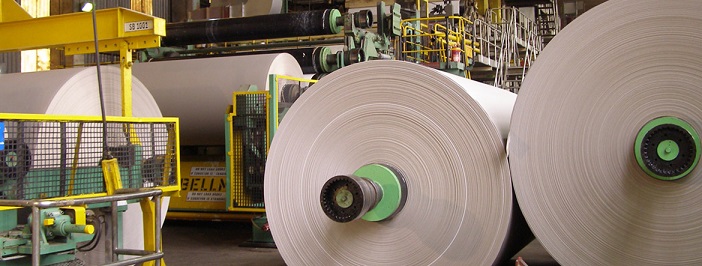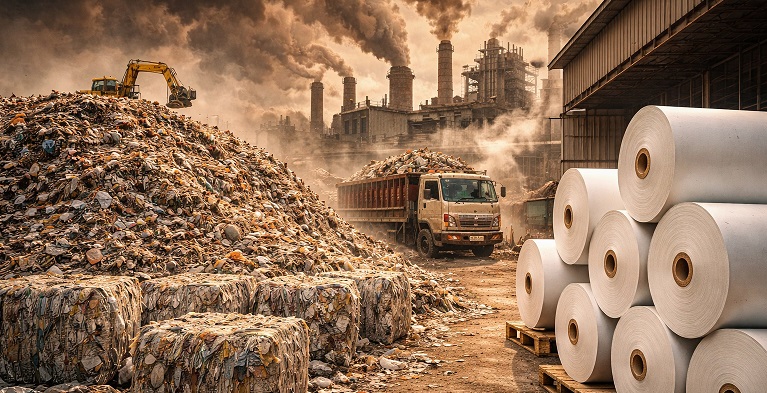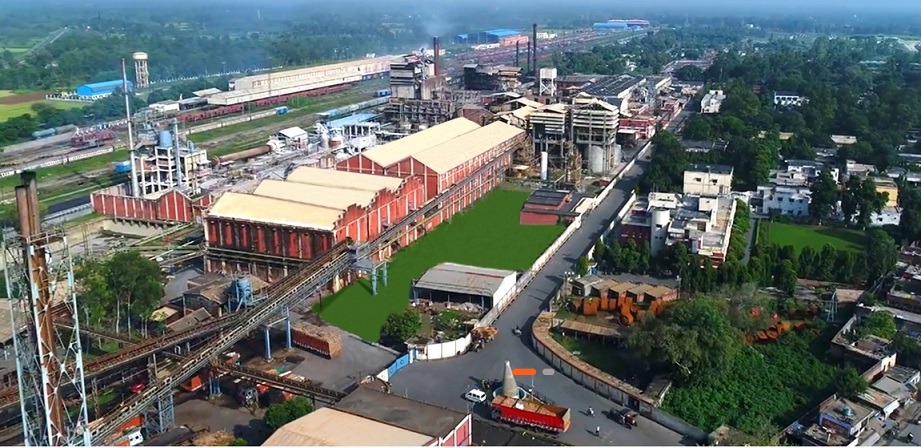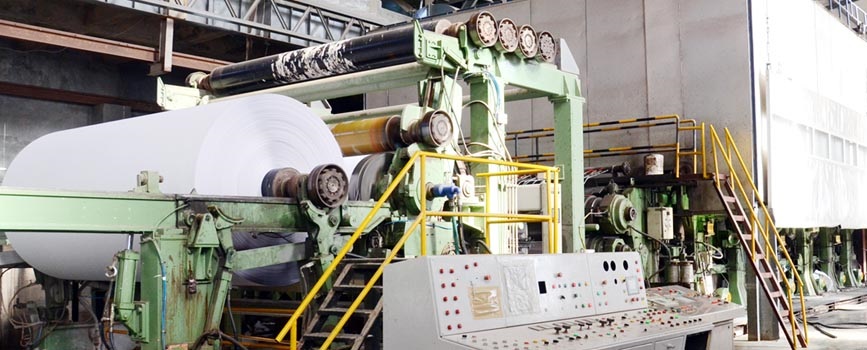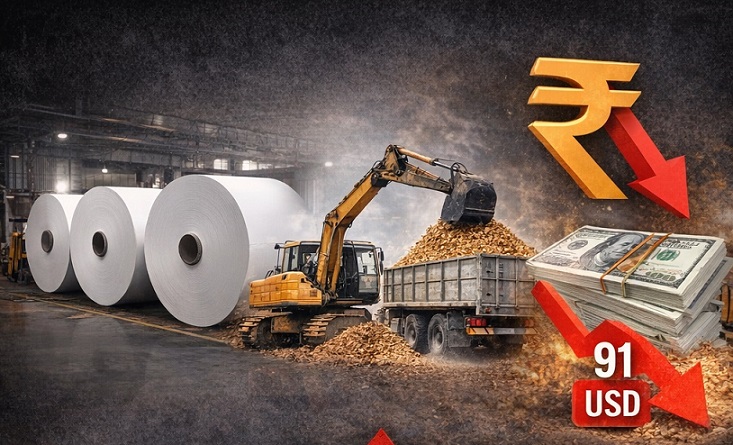Rising Raw Material Costs and Technological Advancements: Insights on the Wood-Based and Paper Industries in India by Mr. Sanjay Singh
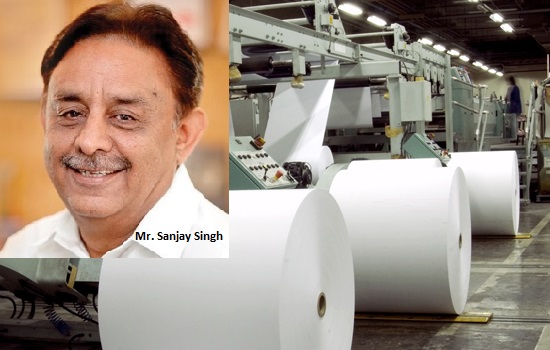
Rising Raw Material Costs and Technological Advancements: Insights on the Wood-Based and Paper Industries in India by Mr. Sanjay Singh
- There is an acute shortage of wood, leading to a heavy increase in raw material prices, thereby affecting profitability
About the Author:
Mr. Sanjay Singh is a chemical engineer from IIT Kanpur and joined the industry in 1977 as a management trainee. He worked his way up and went on to become the Chief Executive of the Paper Division of ITC and a member of the Corporate Management Committee of ITC. During his tenure, Mr. Singh was President of IPMA and President of IPPTA, and Chairman of CII Telangana. He retired from ITC and now advises the industry as a freelance consultant.
The Pulp and Paper Times:
As it is generally known, the paper industry is a cyclical industry. We have good times, bad times, and not-so-good times. After two or three years of prosperity, the industry is now experiencing a downturn due to excess supply in the domestic market and a weak export market, affected by the global economic situation for various reasons. The Indian economy is doing well overall, and the demand for paper and board is also growing reasonably. However, the issue is oversupply due to poorly planned capacity additions in the Indian market and a reduction in exports. It will take some time for the market to absorb this excess capacity.
In this market situation, where customers are unwilling to pay extra for your products, the only tools available are managing costs tightly, improving operational efficiency, and enhancing quality. Many companies have embarked on the journey of Industry 4.0 and have achieved significant success in reducing costs and improving profitability. The journey has just begun, and there is still a long way to go. Management must focus on improving efficiency through various available tools. This is the best and surest way to deliver good returns to shareholders.
Another major area for improving profitability is controlling raw material costs. Today, I will share my views on the wood-based industry in the country. There is an acute shortage of wood, leading to a substantial increase in raw material prices, thereby affecting profitability. A similar situation existed 12 years ago when wood prices skyrocketed, impacting profitability. For the first time, the country had to import wood at a very high cost to keep the industry running. The increase in wood prices was a boon to farmers, who initiated massive plantation efforts, as often happens with all agricultural commodities, especially in southern India. This helped mitigate the industry's problems by reducing wood prices and ensuring an adequate supply of good-quality raw material. The farmers were happy, and the industry was happy.
This is when the problems began. There was an oversupply of raw materials, leading to the establishment of new wood-based industries near the wood-growing areas. As there was an excess of raw material, prices crashed, and new plantations drastically decreased. Due to lower prices, many farmers uprooted their plantations. Prices remained low, and farmers' incomes were affected as inflation slowly and steadily impacted them. The situation changed, the writing was on the wall, but the industry failed to respond. It reached a point where plantation was lower than the demand for wood, resulting in history repeating itself. Wood raw material prices have skyrocketed, and imports have resumed. It will take about two years for the situation to return to normalcy.
There are many lessons to be learned from the past 12 to 15 years to avoid a repetition of this situation in the next ten years, as memories are short. In my opinion, I would like to suggest the following: All wood-based industries, not just the pulp and paper industry, should engage in adequate plantation efforts within the core area of the industry's location. I recommend a core area within a 300 km radius of the industry’s location. Work closely with farmers to improve productivity on their fields through better clones and good agricultural practices. This is the only way prices can be managed in the long run. Last but not least, compensate farmers adequately for their hard and good work.
The biggest segment of the paper industry is recycled-based mills, where the main cost is the cost of recycled paper. A large amount of recycled paper is imported at high costs from countries worldwide. Prices fluctuate based on international market conditions, but the paper is largely sold in the domestic market, affecting the profitability of paper mills. The solution lies in collecting waste paper from offices, households, malls, and shops. We need to increase the recycling of paper and boards. A lot of work needs to be done. The mills must work with government bodies and local municipalities to raise awareness about the need to segregate and recycle used paper and packaging waste. It will take time and effort to improve the recycling of used paper and board, but it will secure the future profitability of the mills.
Technology in the pulp and paper industry is advancing at a rapid pace. The focus of this technological development is to reduce power, steam, and water consumption, as well as to lower pollution in the air and effluent plants. Significant technological advancements have been made through research by equipment suppliers. New technology is being adopted by mills internationally, leading to improved profitability and reduced pollution. Some of the larger mills in India have also adopted this technology in pulp making, soda recovery processes, and paperboard production. Slowly and steadily, mid-sized and large mills are adopting these new technological developments. This is evident in the improvement of productivity, product quality, cost reduction, and reduced pollution. To stay competitive, one must continuously adopt new technology. The industry also owes it to society to keep reducing pollution and remain eco-friendly. In recent years, the industry has invested heavily in adopting new technology to stay competitive. Many mills are meeting benchmarks in water, power, and steam consumption. I am confident that the pulp and paper industry in India will continue to embrace new technological developments and remain competitive in the years to come.
In conclusion, the pulp and paper industry is a very sustainable, green industry that provides significant employment opportunities in rural areas. The government must do everything possible to support and grow this industry.
Web Title: Rising Raw Material Costs and Technological Advancements: Insights on the Wood-Based and Paper Industries in India by Mr. Sanjay Singh




 Join WhatsApp Group
Join WhatsApp Group Join Telegram Channel
Join Telegram Channel Join YouTube Channel
Join YouTube Channel Join Job Channel (View | Submit Jobs)
Join Job Channel (View | Submit Jobs) Join Buy Sell Channel (Free to Submit)
Join Buy Sell Channel (Free to Submit) Paper News Headlines Channel (Free to read)
Paper News Headlines Channel (Free to read)





